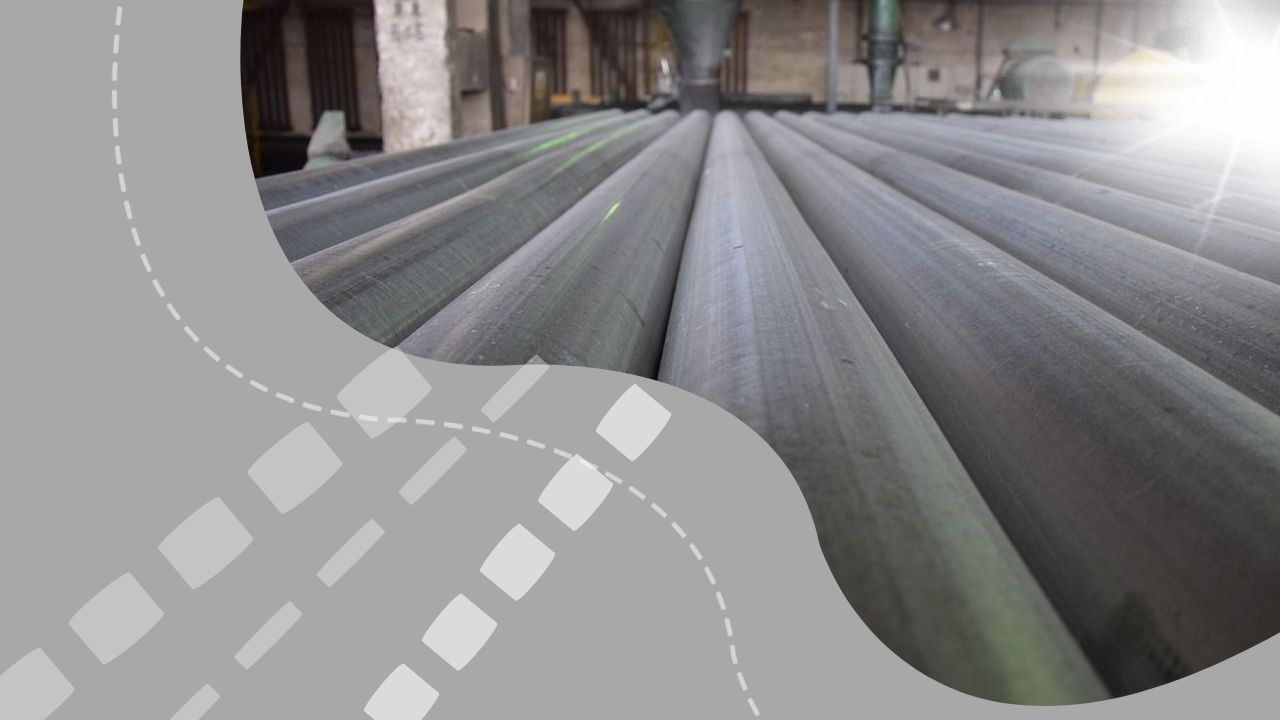The unified platform for subsoil users in Kazakhstan (Minerals.gov.kz) was transitioned from its testing phase to full industrial operation in June 2023. As of now, the electronic platform has received the first 315 online applications for exploration and development of deposits. This was reported during a government session discussing the development of the geological industry.
The platform contains information about the outcomes of geological surveys on subsoil and ongoing contracts. Specialists have already digitized 58,620 contours and uploaded over 39,000 completed reports that are linked to a map. This year, the portal will be enriched with an additional 16,000 reports and a feature for obtaining primary geological reports.
According to the Minister of Digital Development, Innovation, and Aerospace Industry of the Republic of Kazakhstan, Bagdat Mussin, the interactive map encompasses at least 60 cartographic layers. The specialists have disclosed data regarding layers concerning defense and security zones, specially protected natural areas, water resources, cemeteries, animal burial grounds, and other territories that are restricted from industrial use.
Mr. Mussin emphasized that the transition to digital includes submitting applications for subsoil development, verifying the use of restricted territories, issuing licenses, initiating legal proceedings, and other operations. Furthermore, the specialists intend to automate auction processes in the future. Currently, approximately 1,520 users are registered on the platform.

